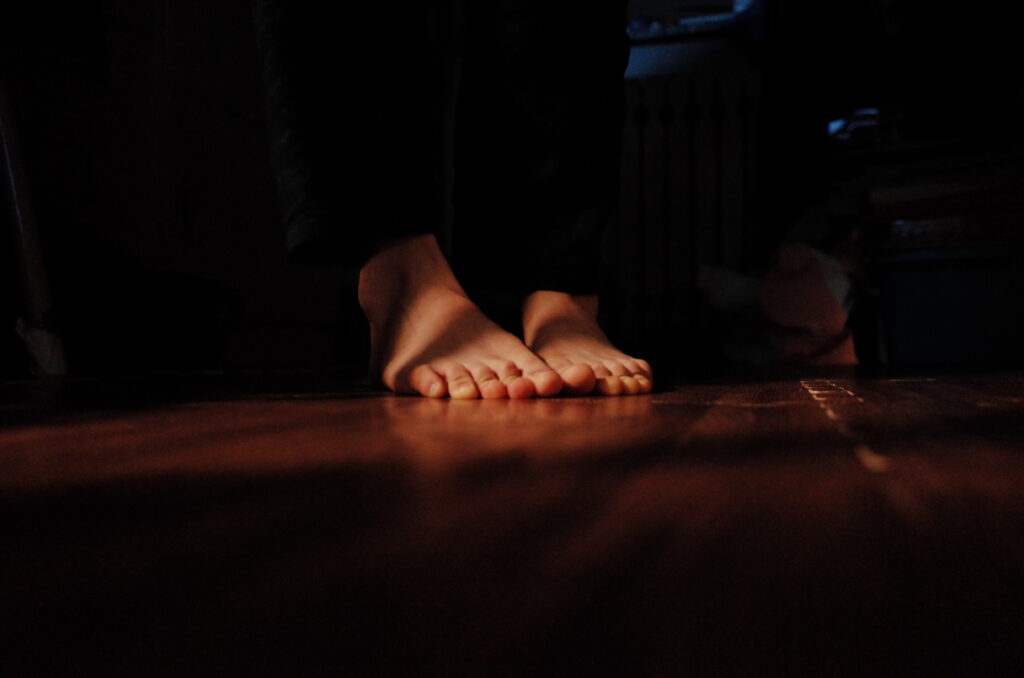Sleepwalking isn’t limited to any one age group. From young children to older adults, different life stages can influence the likelihood and patterns of sleepwalking. Explore how age-related changes in sleep cycles, brain development, and health factors contribute to this complex behavior.
Sleepwalking tends to peak in childhood, but it doesn’t always stop there. While many children outgrow the condition, it can persist into adulthood or even appear for the first time later in life. Age impacts how—and why—sleepwalking occurs, often in connection with other developmental or health-related triggers.


In children, sleepwalking is often linked to brain development and deep sleep patterns. In teenagers and adults, stress and sleep deprivation play a larger role. For older adults, sleepwalking may be tied to medical conditions, medications, or neurodegenerative changes. Understanding these age-specific factors is key to managing the condition effectively.
Sleepwalking triggers shift as we age. Biological, psychological, and environmental changes throughout life can influence the onset or recurrence of sleepwalking episodes.
Young brains spend more time in deep sleep, a common stage for sleepwalking.
Hormonal fluctuations and stress can increase sleepwalking episodes in teens.
Irregular schedules and lack of sleep can disrupt sleep architecture, triggering sleepwalking.
Some medications commonly prescribed in later life may increase sleepwalking risks.
Conditions like sleep apnea or restless leg syndrome can lead to nighttime wandering.
Neurodegenerative diseases, such as dementia, can sometimes involve sleepwalking symptoms.
DID YOU KNOW
Sleepwalking affects both children and adults, often running in families. Linked to mental health and long-term persistence, it’s more common than many realize and deserves better awareness and support.
Sleepwalkers often navigate familiar spaces without being aware.
Most episodes begin during the deepest stage of sleep.
Sleepwalking can last a few seconds—or up to 30 minutes.
It’s okay to wake a sleepwalker—they may just be a bit disoriented.
Children vs Adults
Family Connection
Experienced Doctor
Chronic Cases
EXPERTS’ POINT OF VIEW
Experts from various fields share their insights on sleepwalking, its causes, risks, and effective treatments, helping to raise awareness and improve understanding of this complex condition.
Clinical Psychologist & Sleep Researcher
Consultant Neurologist & Sleep Specialist
Sleep Medicine Specialist, Mass Eye and Ear
Clinical Psychologist & Sleep Specialist
FAQS
Have questions about how age might affect sleepwalking? Here are some common concerns people have at different stages of life.
Sleepwalking is most common in children aged 4 to 8 years old and often decreases with age.
Yes. Many children stop sleepwalking by their teenage years without medical intervention.
Yes. Although less common, stress, sleep disorders, or medications can trigger adult-onset sleepwalking.
It can be. In seniors, sleepwalking might be linked to medications, sleep disorders, or cognitive decline.
Hormonal shifts and increased stress during adolescence can lead to more frequent sleepwalking episodes.
Older adults typically get less deep sleep, but health issues or medications may increase their risk.
Occasional sleepwalking in children is usually harmless. However, frequent episodes or injuries should be discussed with a doctor.
Stay Informed & Empowered